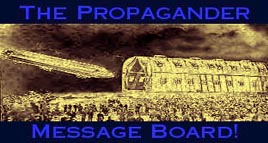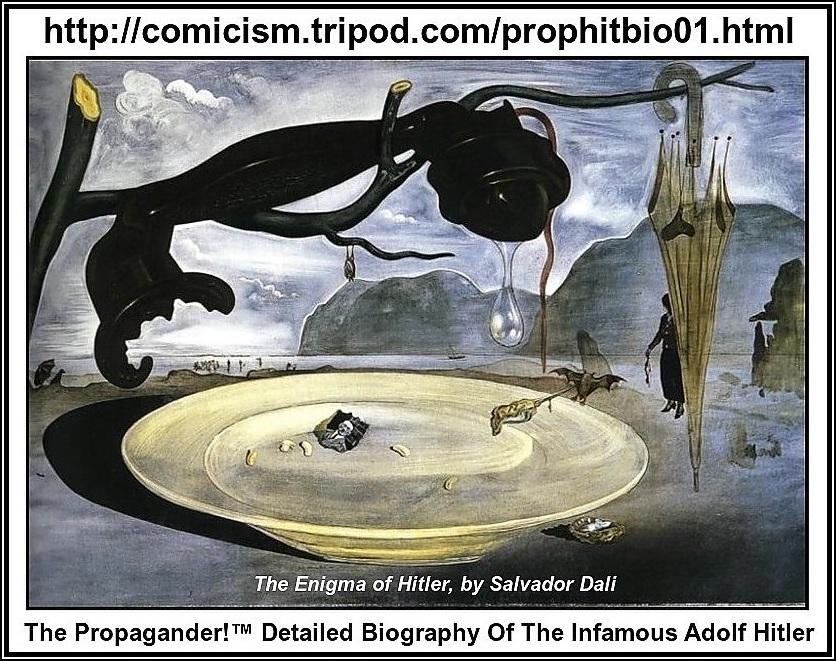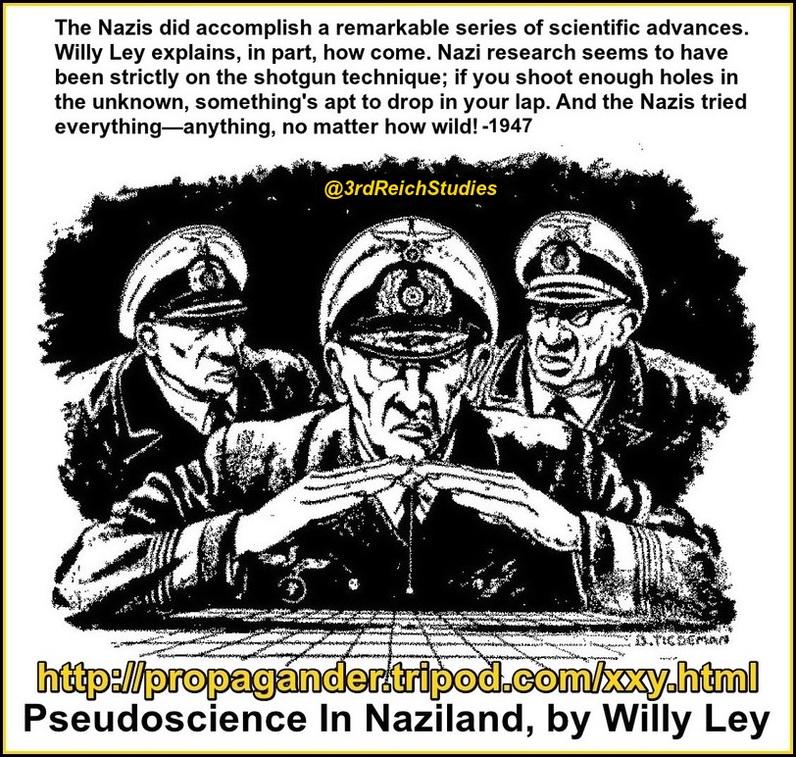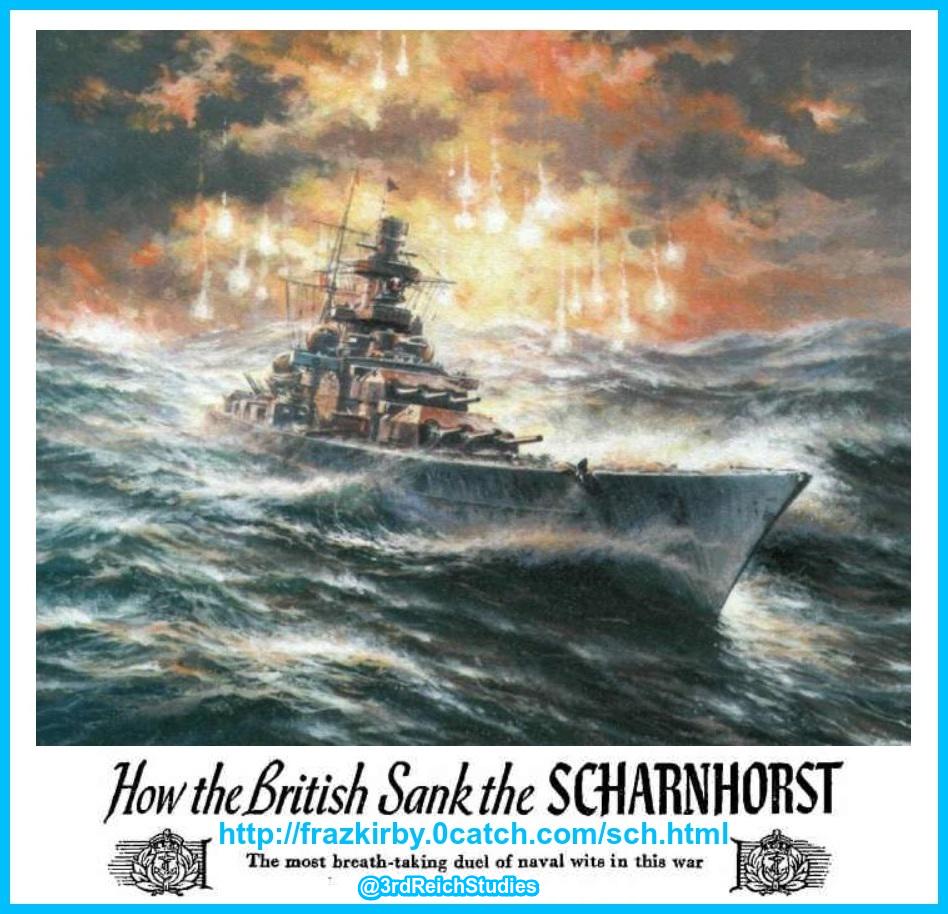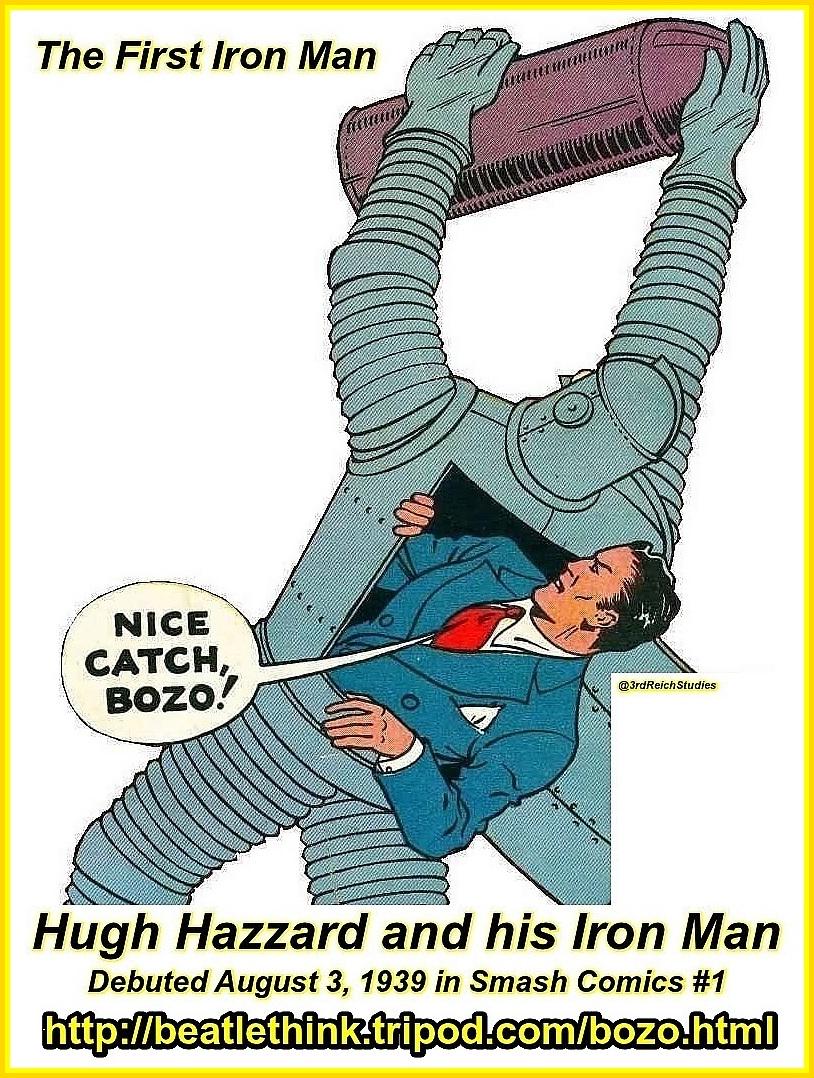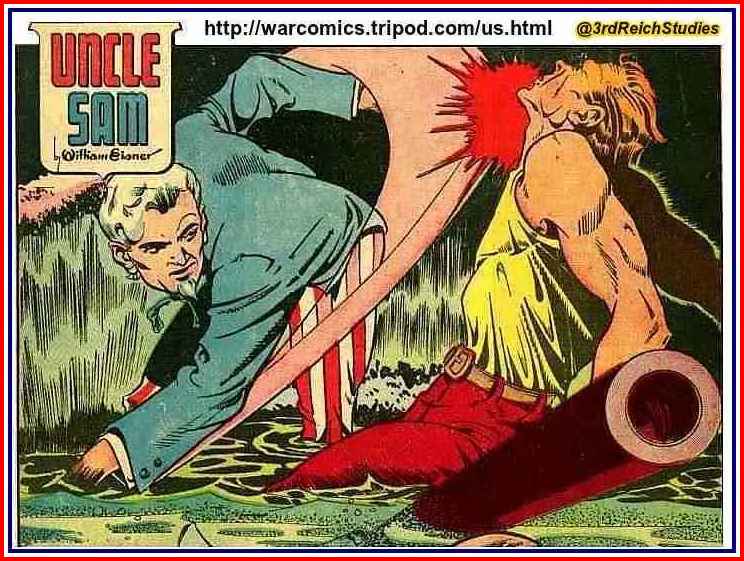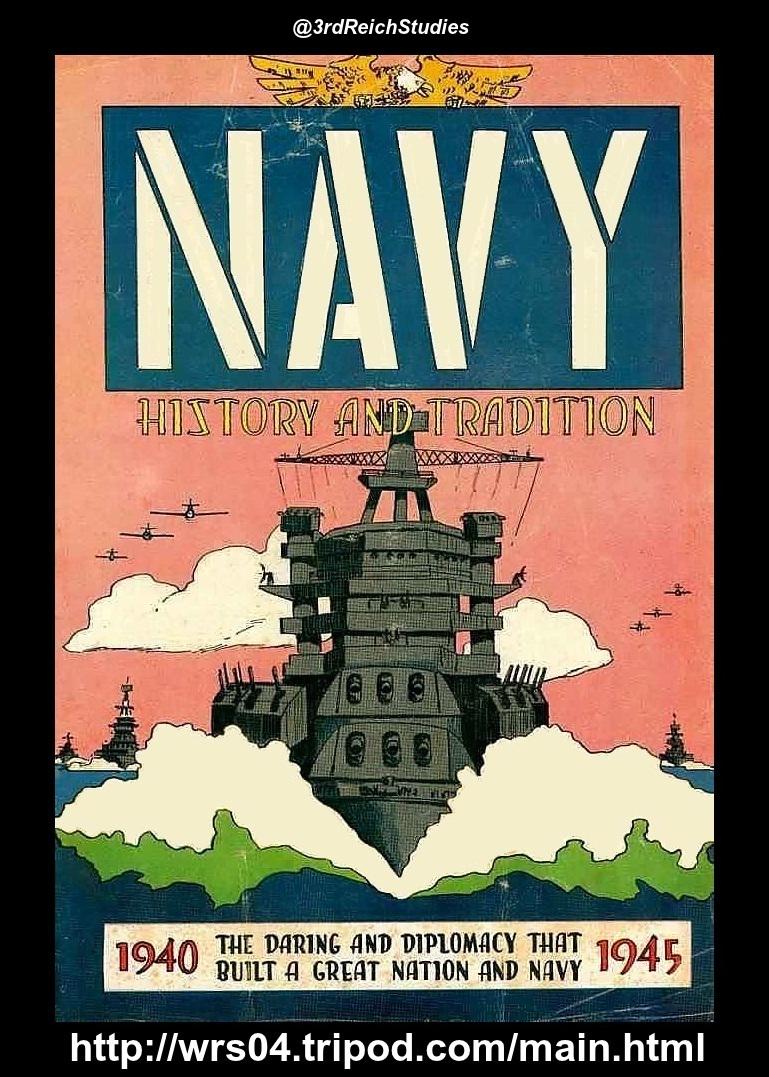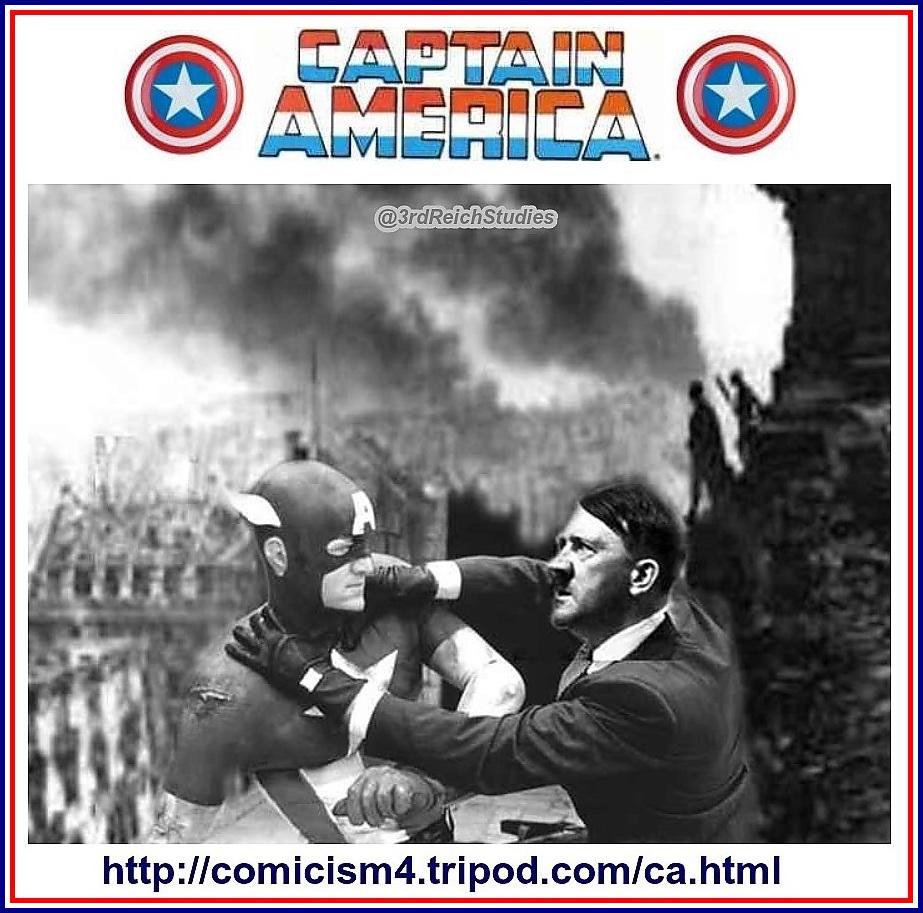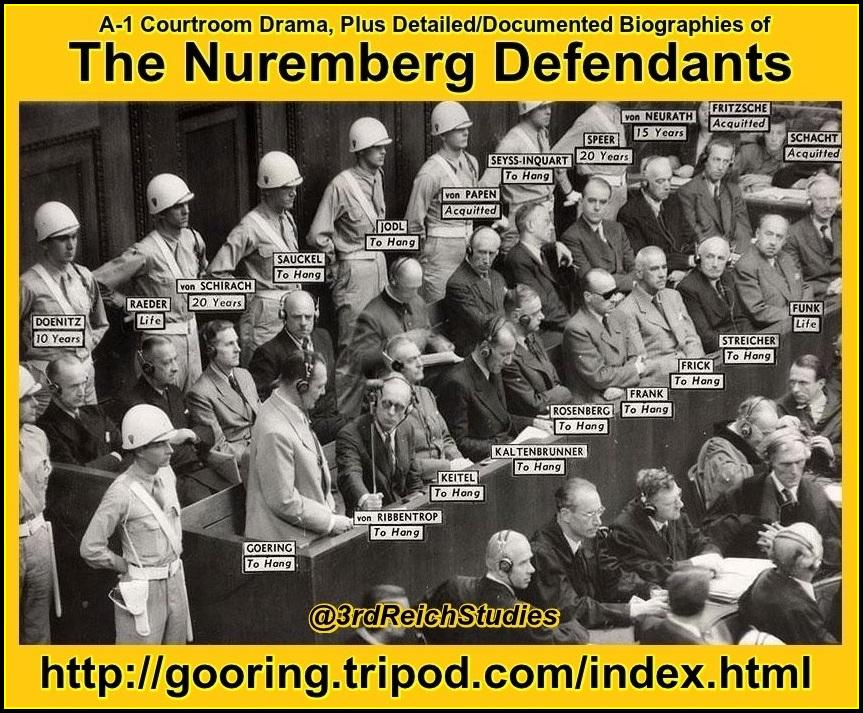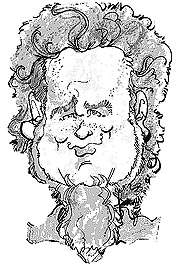
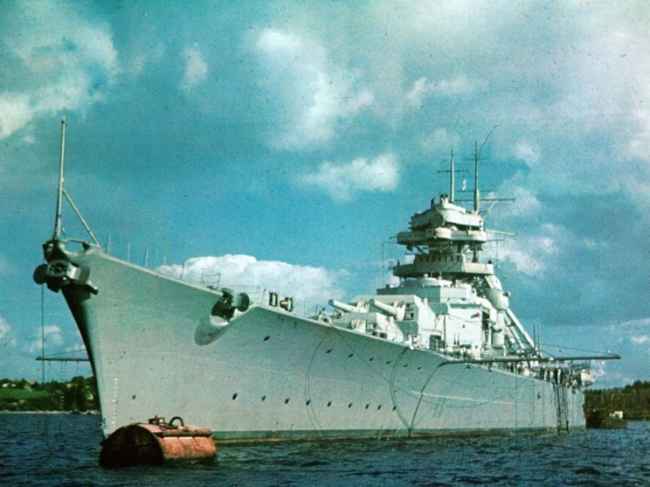
From The Crucial Years, 1931-1941 by Hanson W. Baldwin: The short cruise of the Bismarck and her consort, the 8-inch-gun cruiser Prinz Eugen, was the most dramatic sea chase of modern naval history. Bismarck, building when the war started, ready for sea in the spring of 1941, was in her time the stoutest ship afloat. A 41,700 ton (standard) mastodon of sea power, she was one of the last of the great armored leviathans. Her main battery was eight 15-inch guns—more powerful than any comparable British model—and she had a swift pair of heels (30 knots); but her great strength was her design: a honeycomb of cellular compartmentation to minimize and localize damage, strong and elastic torpedo inner skin, skillful placement of very heavy armor to protect vitals, and careful shielding of magazines and conning and engine spaces. She was more powerful than the ships that could catch her, faster than the ships that had roughly equivalent firepower. She was to need it all—and more—before her brief hour of glory had passed.
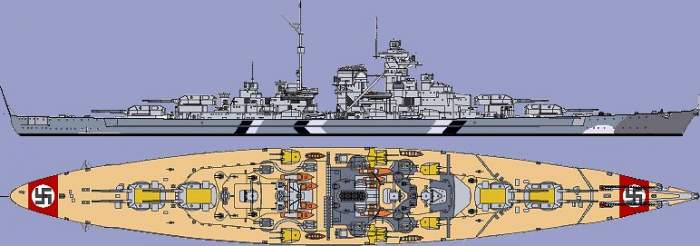
Battleship: DKM Bismarck
Launched: February 14, 1939
Commissioned: August 24, 1940
Shipyard: Blohm & Voss, Hamburg
Construction cost: RM. 196.8 million
Complement: 2,092: 103 officers, 1,989 enlisted men
Length: 450.5m
Draft: 9.3-10.2m
Beam: 36.0 metres (118.1 ft) waterline
Standard Displacement: 41,700 tonnes
Full Load Displacement: 50,900 tonnes
Freeboard amidships: 4.8 - 5.67 meters
Propulsion: 12 boilers, 3 geared turbines, 150,170 HP
Aircraft: 4 x Arado Ar 196
Top Speed: 30.8 knots
Range
9,280 nautical miles at 16 knots
8,900 nautical miles at 17 knots
8,525 nautical miles at 19 knots
6,640 nautical miles at 24 knots
4,500 nautical miles at 28 knots
Armament:
16 × 37 mm/L83 SK-C/30
12 × 20 mm/L65 MG C/30
8 × 20 mm/L65 MG C/32 (8×4)
8 × 380 mm/L52 SK C/34 (4×2)
12 × 150 mm/L55 SK-C/28 (6×2)
16 × 105 mm/L65 SK-C/37 / SK-C/33 (8×2)
Barbettes: 342 mm
Belt: 145 to 320 mm
Bulkheads: 220 mm
Deck: 110 to 120 mm
Turrets: 130 to 360 mm
Conning tower: 360 mm

May 19, 1941: Bismarck and Prinz Eugen depart Gotenhafen (now Gdynia), Poland to begin their cruise west. Adolf Hitler personally sends them off with the words: "You are the pride of the Navy." (Baldwin)
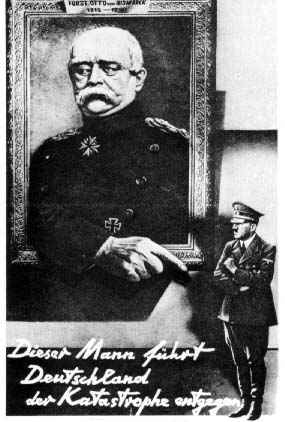
From Roosevelt and Churchill: 1939-1941 by Joseph P. Lash: Roosevelt considered the commitment of the Bismarck to the Battle of the Atlantic as another warning to him. "I was in the White House during the whole career of the Bismarck," Robert Sherwood wrote an English friend, "and it was inexpressibly thrilling to hear the repeated bulletins that came from the Admiralty to Roosevelt. The belief is that Hitler sent the Bismarck primarily to scare the US with a tremendous display of Nazi might right on our doorstep..." If a strong line were taken, Ribbentrop had lectured Mussolini in Mid-May, "and if it were explained that American convoy protection meant war, the Americans would probably hesitate, for the American rearmament was the greatest bluff in history." But in their innermost councils, the Germans were less sure of Roosevelt's reactions, and Raeder, after his interview, was reminded that Hitler's orders against attacks on American shipping still held. "The Fuehrer wants to avoid everything that could lead to incidents with the United States.
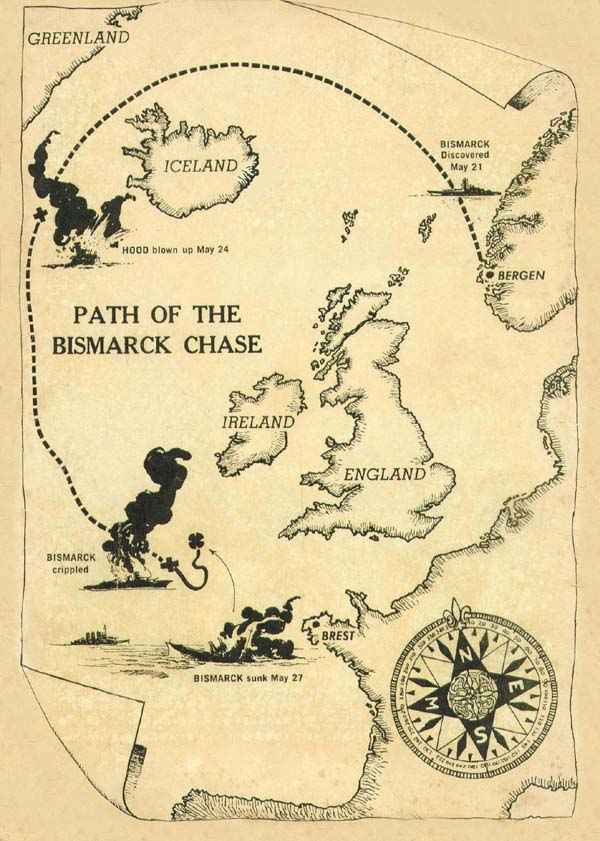
May 20, 1941: Bismarck and the Prinz Eugen pass through the Great Belt with the destroyers Z-16, Z-10, and Z-23, and is later spotted by the Swedish cruiser Gotland. (McMurtrie, Brown)
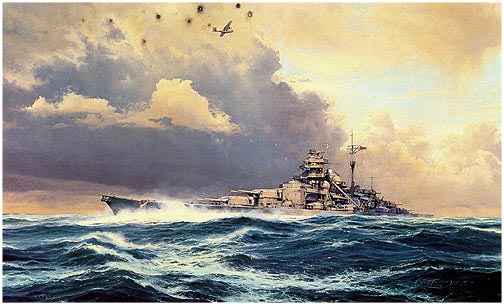
Sighting the Bismarck by Robert Taylor
May 21, 1941: Bismarck, Prinz Eugen and the three destroyers are spotted by a British Coastal Command Spitfire. (Kennedy)
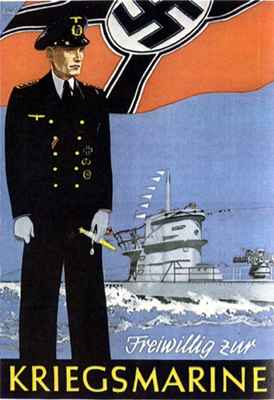
May 22, 1941: The three destroyers leave the Bismarck Naval Squadron. (McMurtrie)
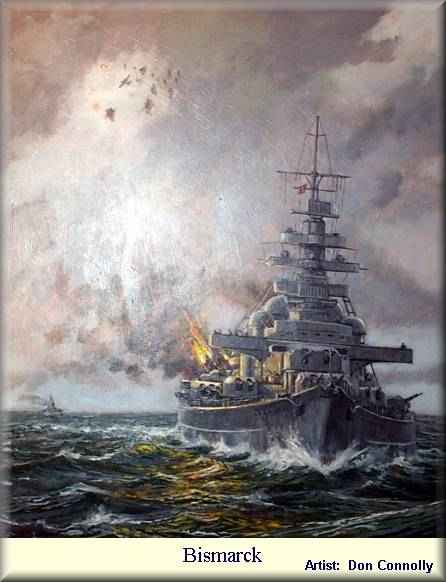
May 23, 1941: Bismarck and Prinz Eugen spot HMS Suffolk and HMS Norfolk and fire five main battery salvoes. No hits are scored but the forward radar set is disabled due to the blast shock from the forward turrets. Shortly afterwards the Prinz Eugen passes the Bismarck and takes the lead. (Kennedy)
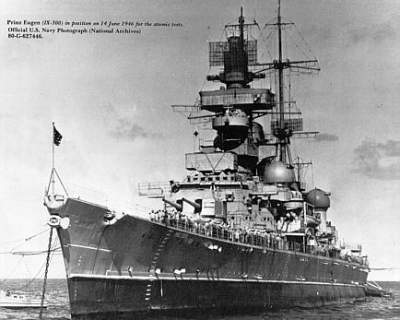
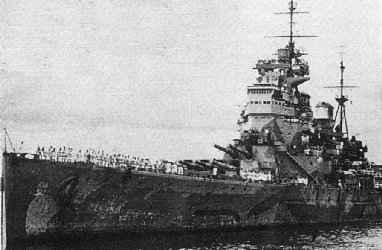
May 24, 1941: The German battleship Bismarck, supported by the heavy cruiser Prinz Eugen (above, top), sinks the British battle cruiser Hood after firing only three salvoes. There are only 3 survivors out of a crew of 1,421. The Prince of Wales (above, bottom) is also damaged and forced to break off the action. (Kennedy, Brown, McMurtrie)
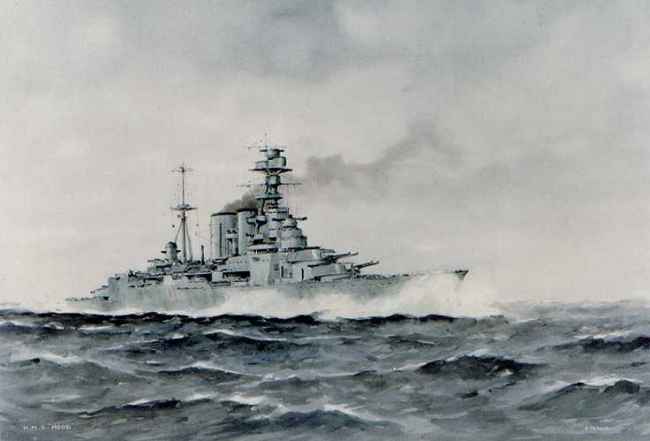
HMS Hood by Edward Tufnell
From The Last European War by John Lukacs: There was high drama in the Atlantic. Two German battleships, one of them Hitler's newest and largest, the Bismarck, sank the Hood, the largest battleship of the British, off Greenland, in a matter of minutes. An entire fleet of ships drove out for the Bismarck. Hunted down after four days, she was finally sunk. It was a thrilling naval episode—for onlookers. A fantastically successful German bull's-eye shot; the British inability to hit back in time; their maddeningly slow comeback; Churchill insisting and insisting that the German be tracked down, hell or high water; the undisclosed American participation in the search; 'Various Parties Converging on the Sea'; the assembly of overwhelming force; surrounded and pounded from every side, the burning and rudderless German still floats and floats; she sinks in the end. Few people knew that the course of the episode was to be a microcosm of the course of the entire Second World War.
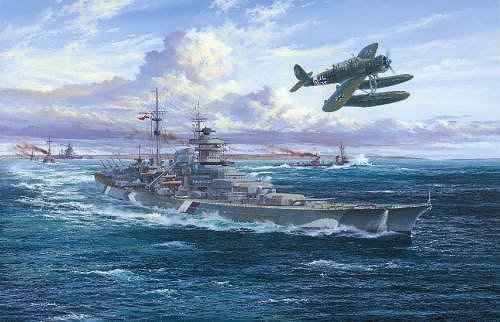
Battleship Bismarck by Simon Attack
May 24, 1941: From a German propaganda broadcast:
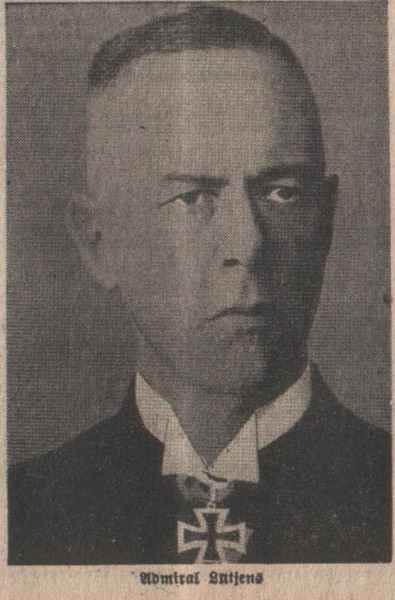
May 25, 1941: Admiral Guenther Lutjens, Commander of the Bismarck's Naval Squadron: "We did not intend to fight enemy warships...but we took up the fight. The crew have behaved magnificently—we shall win or die." (McMurtrie, Kennedy)
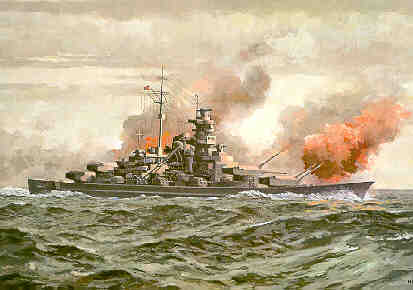
May 26, 1941: British flying boat spots the Bismarck at 10:36 AM. Swordfish Torpedo-bombers from the Ark Royal score hits on the Bismarck, disabling her steering gear and rendering her un-maneuverable. This will enable the British destroyers to attack after dark. (McMurtrie)
May 26, 1941: Admiral Lutjens of the Bismarck sends out a radio message: "Ship un-maneuverable. We fight to the last shell. Long live the Fuehrer." (Baldwin, Brown)
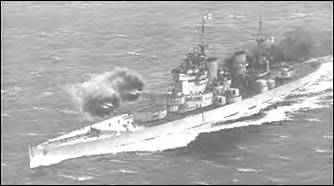
From The Cruise of the Bismarck by Francis McMurtrie: There is a sort of crackling roar to port—the Rodney has opened up with her 16-inch guns, and an instant later, the King George V (above) lets fly with her 14-inch... Rodney...just sat there like a great slab of rock...and suddenly belched a full salvo. I actually saw these projectiles flying through the air for some seconds after they left the guns, like little diminishing footballs curving up and into the sky... There was only one great splash... The others had bored their way through the Krupp armor-belt like cheese; and pray God I may never know what they did as they exploded inside the hull... Bismarck...turned away, then back, writhing, it seemed, under the most merciless hail of high-explosive armor-piercing shells that any ship has, I suppose, ever faced.
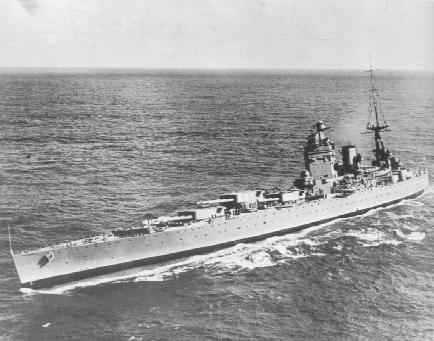
May 27, 1941: The crippled Bismarck is relentlessly bombarded by dozens of British warships, including the battleships Rodney (above) and King George V. Once her guns are silenced, she is sunk by torpedoes from the cruiser Dorsetshire. Only 110 survive out of a crew of 2,300. (Kennedy)
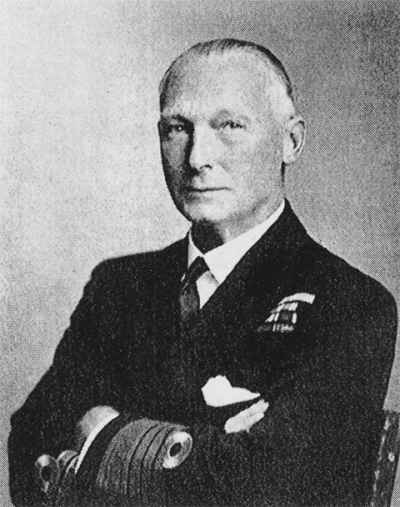 >
>From The Chase and Sinking of the Battleship Bismarck by Ludovic Kennedy: And as he left, he (Admiral Sir John C. Tovey, above) made a general signal to ships in company: 'Any ship with torpedoes to close Bismarck and torpedo her.' Only one ship, Dorsetshire, still had torpedoes, and when Tovey's signal reached her, Captain Martin had already anticipated it. Closing to a mile and a half on Bismarck's starboard beam, she fired two torpedoes, both of which hit. She then went round the other side, at just over a mile fired another, which also hit. Far off now in King George V, half-way to the horizon, Tovey saw, through his glasses, the great ship slowly heel over to port until her funnel was level with the water, go on turning until she was completely upside down. The stern dipped below the surface of the water, then the main keel: the great flared bows were the last to go.
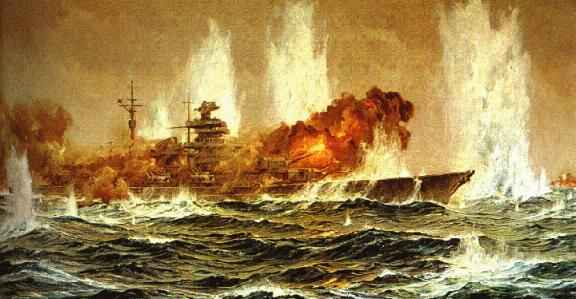
May 27, 1941: Admiral Lutjens sends out a final radio message: "Send U-boat to save war diary." Note: No U-boat will be able to do so. (Baldwin, Brown)
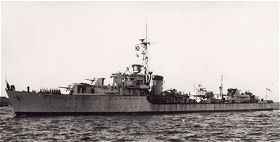
From the personal account written by telegraphist Eric Farmer onboard HMS Cossack:
Then came the KGV. The Bismarck was fighting furiously to get away, but she could not do any more than 8 knots. It was a sorry sight to see Germans racing along the deck to jump over the stern. They would sooner be in the open sea which was very rough, than in Bismarck which was by now nothing more than a floating hell ship. The 16in. and 14in. salvoes of Rodney and KGV were tearing into her continuously. Finally, the big guns dropped down like dead flowers and ceased firing at our ships, who kept at it. There was no possible chance of her getting away now. She was on fire, and, at last, stopped amidst a cloud of steam. Germans were seen jumping into the sea, and the 4th D F together with a cruiser, HMS Dorsetshire, were ordered to close in and pick up survivors, if any. During this errand of mercy, Maori had a torpedo fired under her by a U Boat, so the 4th D F left without picking anyone up; Dorsetshire was able to pick up more than 100 survivors before she left, bringing them back to England as prisoners of war.
On our way back with the big ones, the German aircraft spotted us, as we expected, and attacked. No damage done and we arrived back safely. Before the final battle took place, the Admiral commanding Bismarck must have known his end was near because he sent a message to Germany saying that he would fight to the last shell. As she rolled over we had to take our hats off to the Germans, and admit that they had fought a magnificent battle, and had died as all sailors wish to do. Engaging a superior enemy and with all guns blazing.
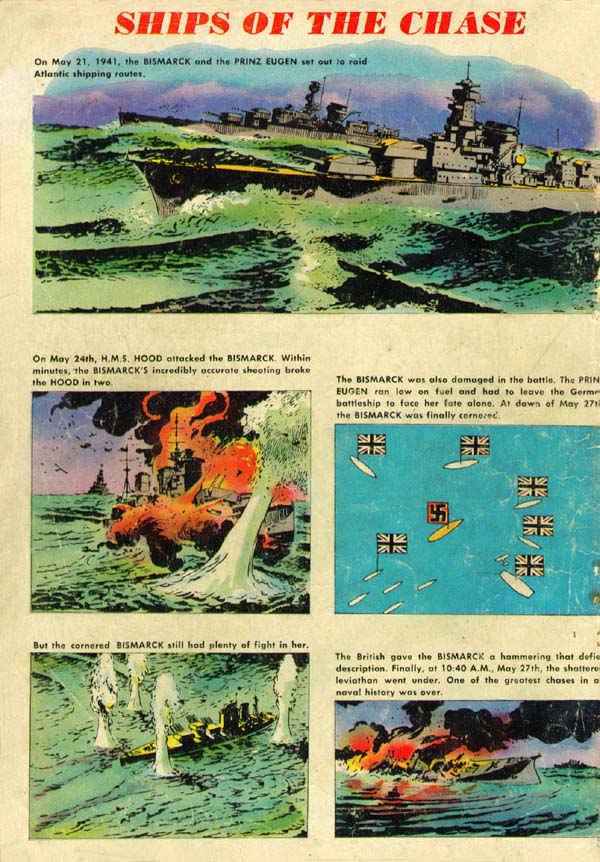
May 27, 1941: "I should like to pay the highest tribute for the most gallant fight (sinking of the Bismarck) put up against impossible odds." -Admiral Tovey.
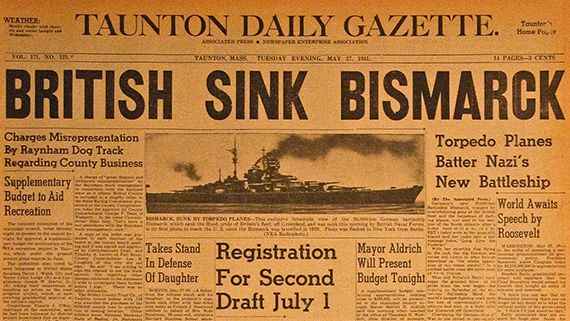
May 28, 1941: From the diary of Italian Foreign Minister Count Ciano: "The Bismarck has been sunk. This is important especially on account of the repercussions it will have in the United States, where it will prove that the seas are dominated by the Anglo-Saxons." (Lash)
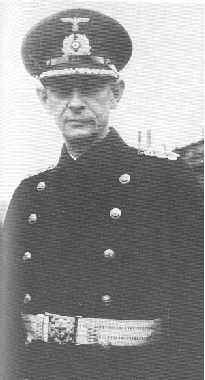
May 28, 1941: From a German propaganda broadcast:
May 28, 1941: From The Manchester Guardian:
May 29, 1941: From a German propaganda broadcast:
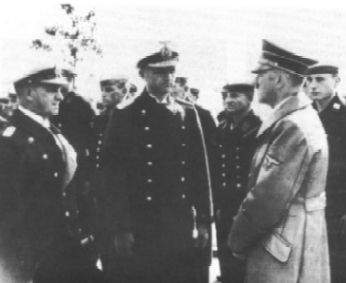
Admirals Raeder (left) and Doenitz (center) with Hitler (right)
From Bodyguard of Lies by Anthony Cave Brown: The disaster was...too much for Grand Admiral Raeder, the C-in-C of the Kriegsmarine. The destruction of Bismarck, and later of the Etappe's supply ships, was too striking to dismiss the possibility that the Kriegsmarine's ciphers had been broken, or that there was a traitor somewhere in the Kriegsmarine's command organization. But in all cases, a Board of Inquiry dismissed the belief that Enigma had been compromised. 'It is not necessary,' the German board concluded in its report, 'to put the blame on a breach of security as regards the code and cipher tables.' Instead, the board preferred to place the blame upon the ubiquity of MI-16 and upon the probability of a traitor at Kriegsmarine headquarters. The report noted that the navy's telephone lines between Berlin and Paris ran through boosters that were not always manned by Germans. Therefore, the tapping of those lines by British agents was very probable. It was the same story throughout the war; the Nazis feared their own traitors more than enemy cryptographers. 'They had,' noted one British naval intelligence officer, 'more confidence in their own efficiency than in the loyalty commanded by their political system.' For that arrogance, the Third Reich would pay the ultimate price.
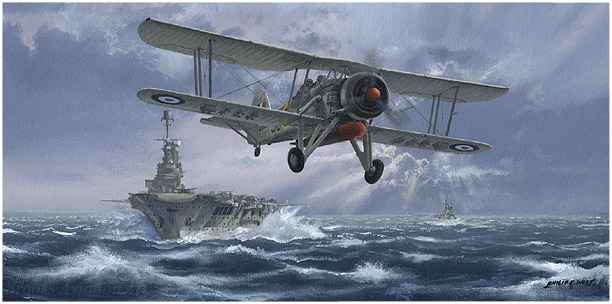
Flight Against the Bismarck by Philip West
Sink The Bismarck by Johnny Horton
The Germans had the biggest ship that had the biggest guns
The Bismarck was the fastest ship that ever sailed the sea
On her decks were guns as big as steers and shells as big as trees
Out of the cold and foggy night came the British ship the Hood
And every British seaman he knew and understood
They had to sink the Bismarck the terror of the sea
Stop those guns as big as steers and those shells as big as trees
We'll find the German battleship that's makin' such a fuss
We gotta sink the Bismarck cause the world depends on us
Yeah hit the decks a runnin' boys and spin those guns around
When we find the Bismarck we gotta cut her down
The Hood found the Bismarck and on that fatal day
The Bismarck started firing fifteen miles away
We gotta sink the Bismarck was the battle sound
But when the smoke had cleared away the mighty Hood went down
For six long days and weary nights they tried to find her trail
Churchill told the people put every ship asail
Cause somewhere on that ocean I know she's gotta be
We gotta sink the Bismarck to the bottom of the sea
We'll find the German battleship that's makin' such a fuss
We gotta sink the Bismarck cause the world depends on us
Yeah hit the decks a runnin' boys and spin those guns around
When we find the Bismarck we gotta cut her down
The fog was gone the seventh day and they saw the morning sun
Ten hours away from homeland the Bismarck made its run
The Admiral of the British fleet said turn those bows around
We found that German battleship and we're gonna cut her down
The British guns were aimed and the shells were coming fast
The first shell hit the Bismarck they knew she couldn't last
That mighty German battleship is just a memory
Sink the Bismarck was the battle cry that shook the seven seas
We found the German battleship t'was makin' such a fuss
We had to sink the Bismarck cause the world depends on us
We hit the deck a runnin' and we spun those guns around
Yeah we found the mighty Bismarck and then we cut her down








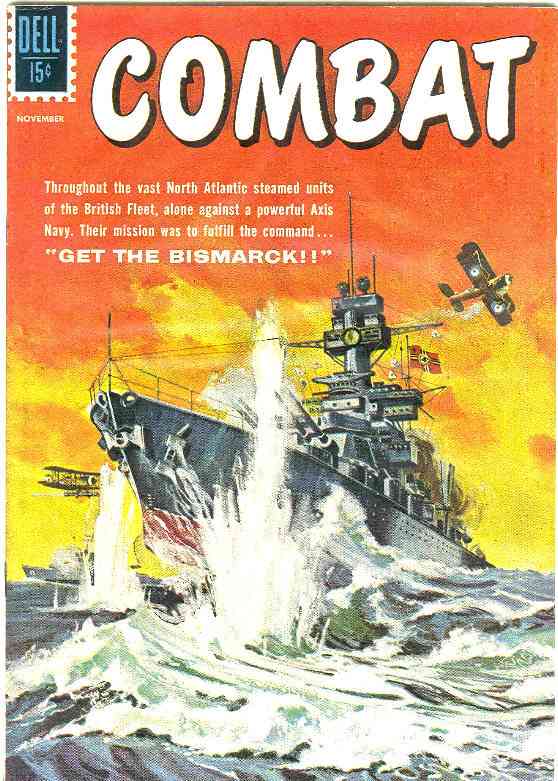
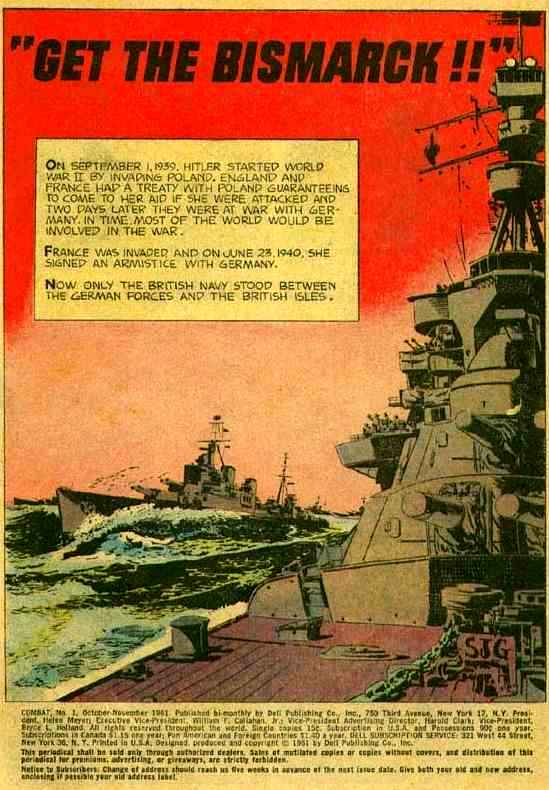
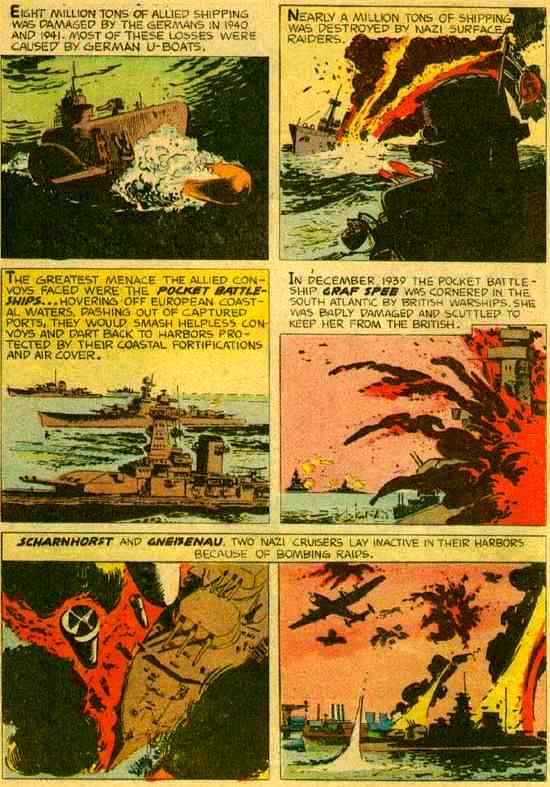
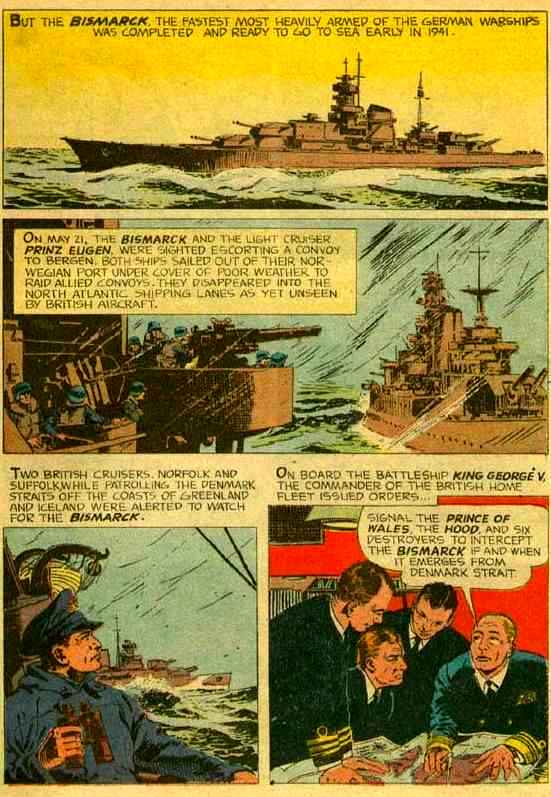
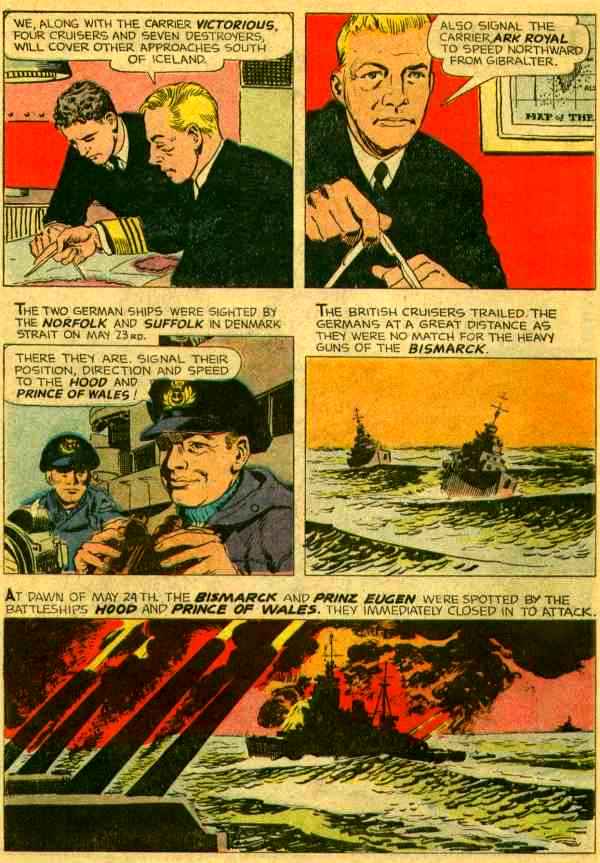
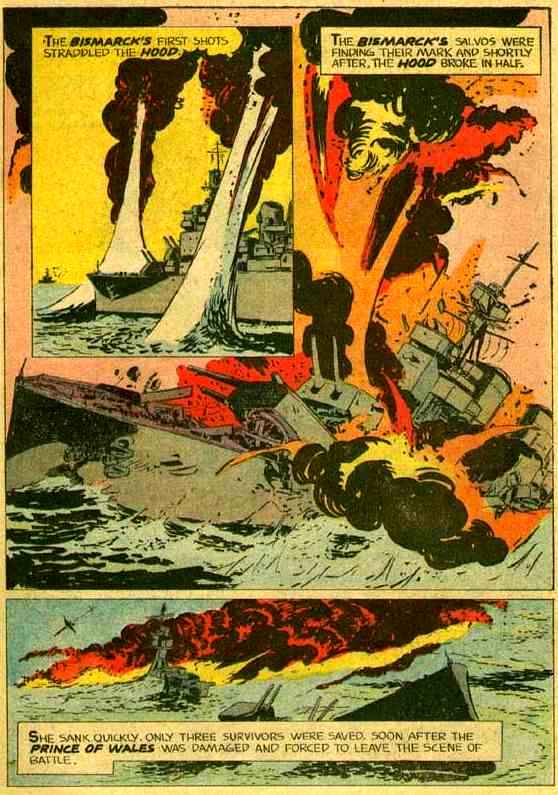
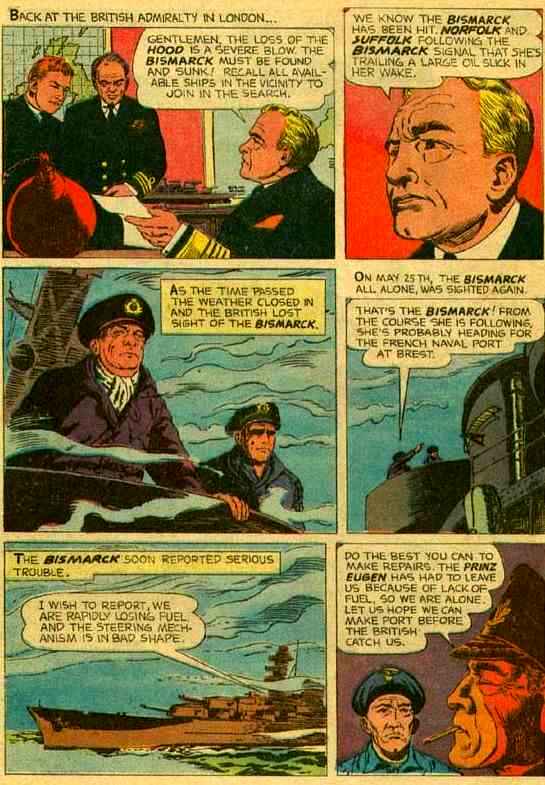
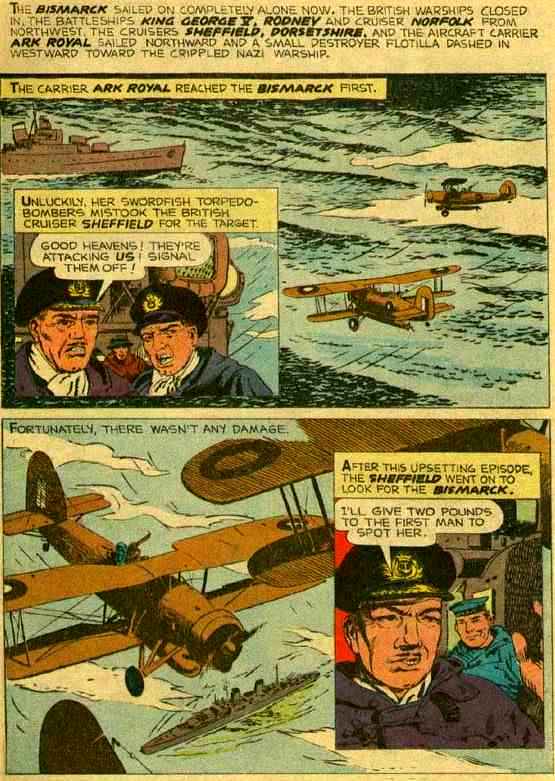
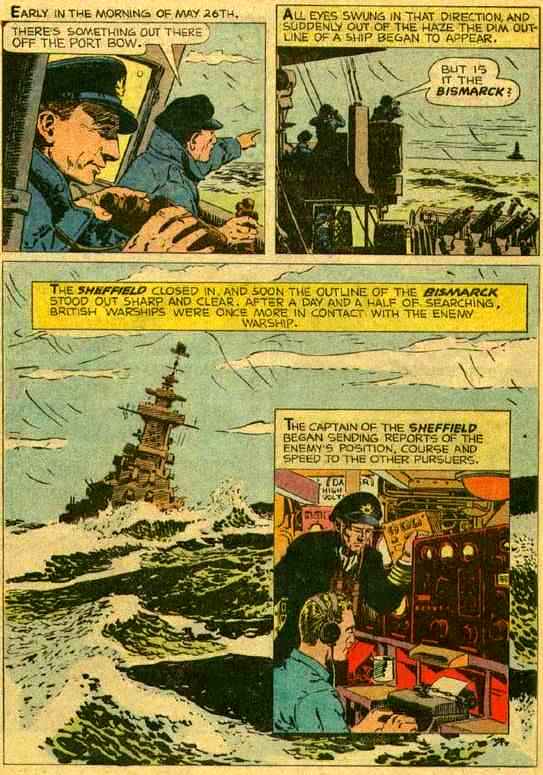
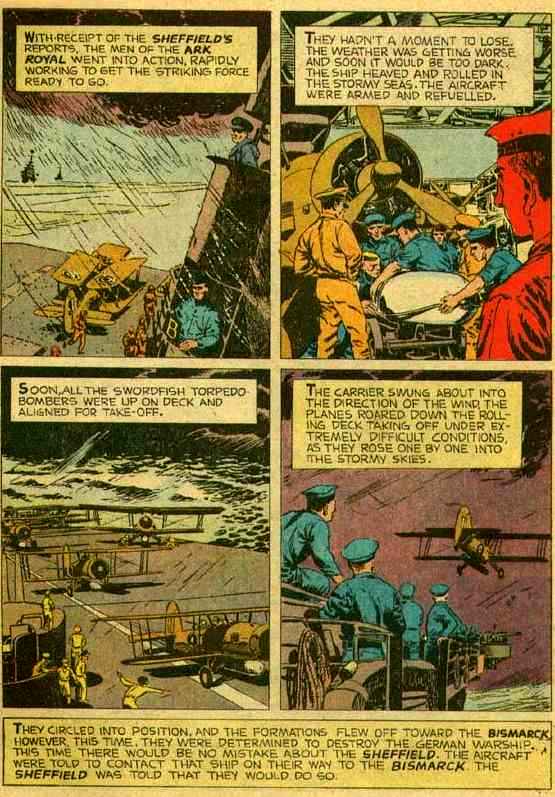
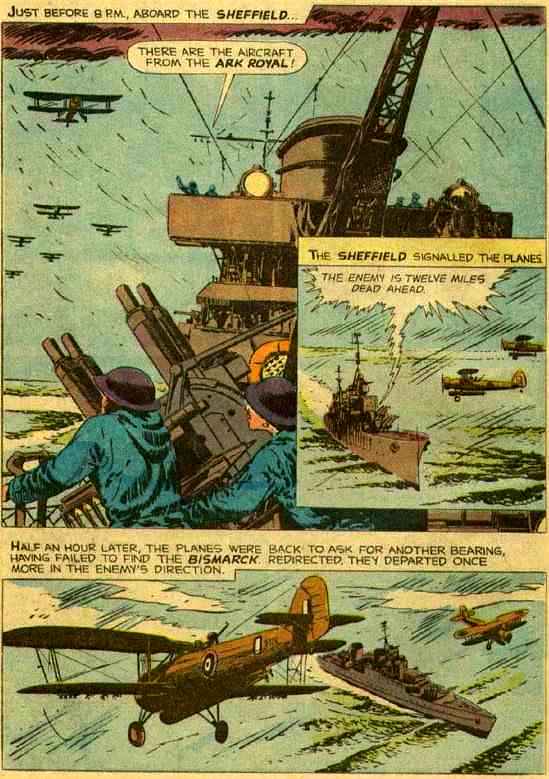
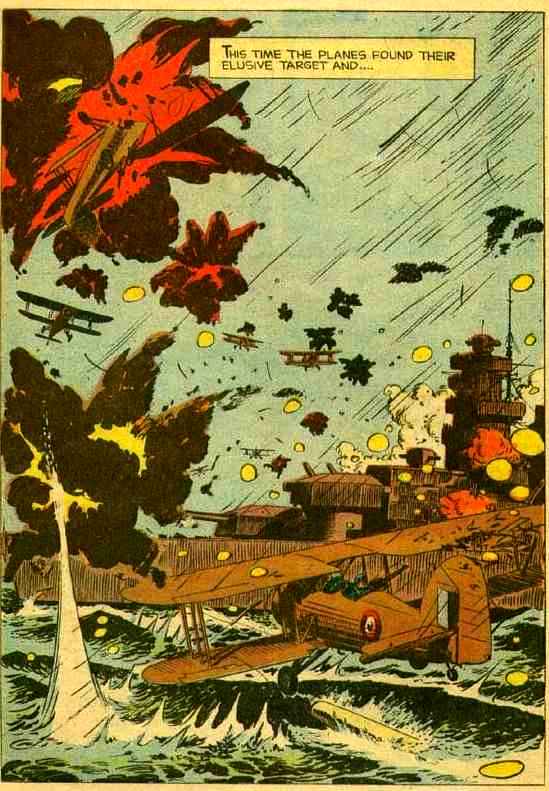
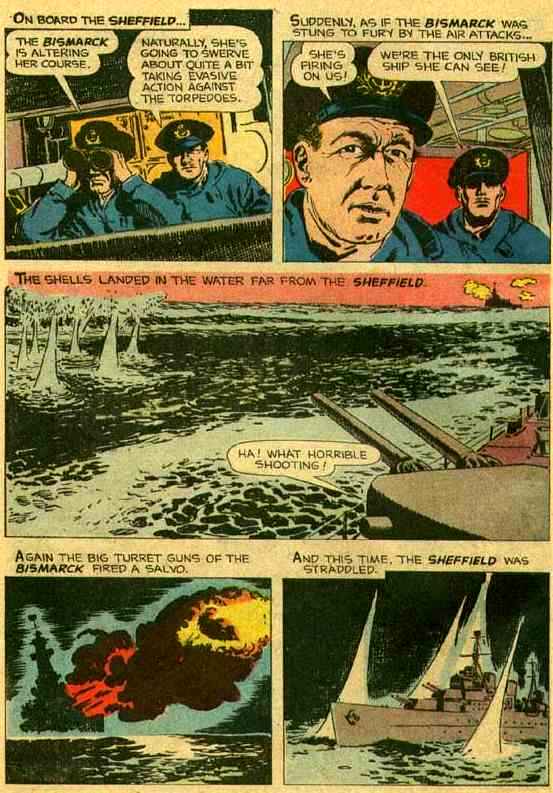
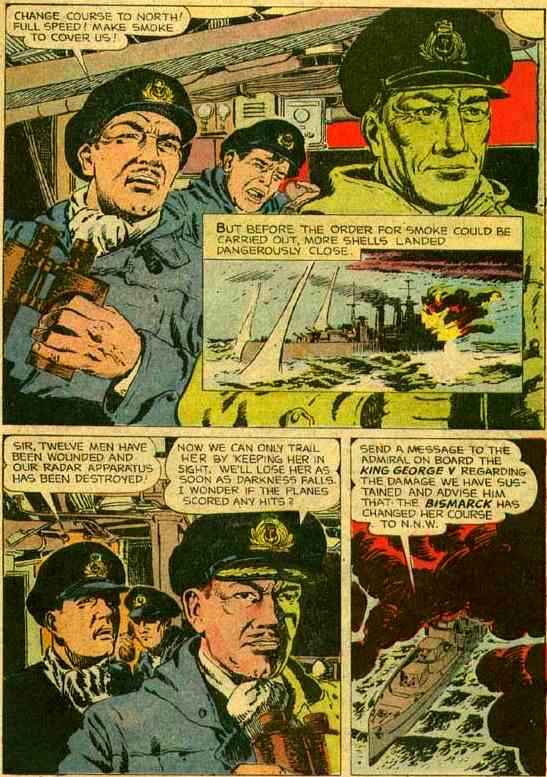
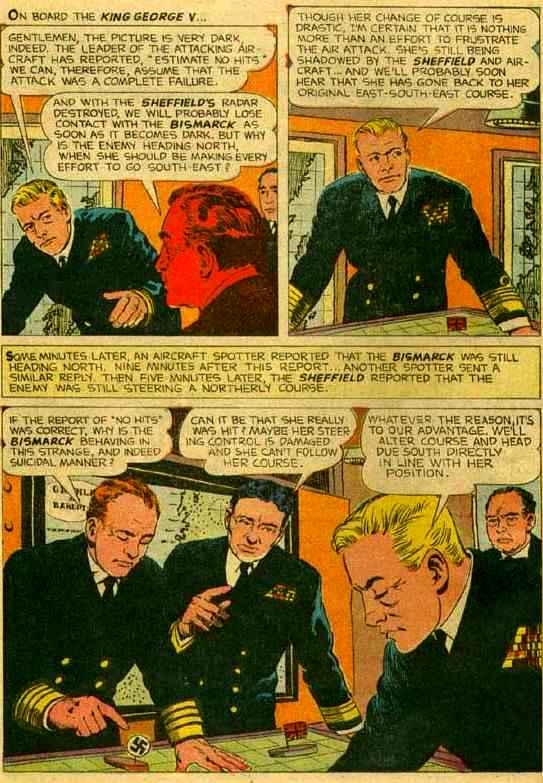
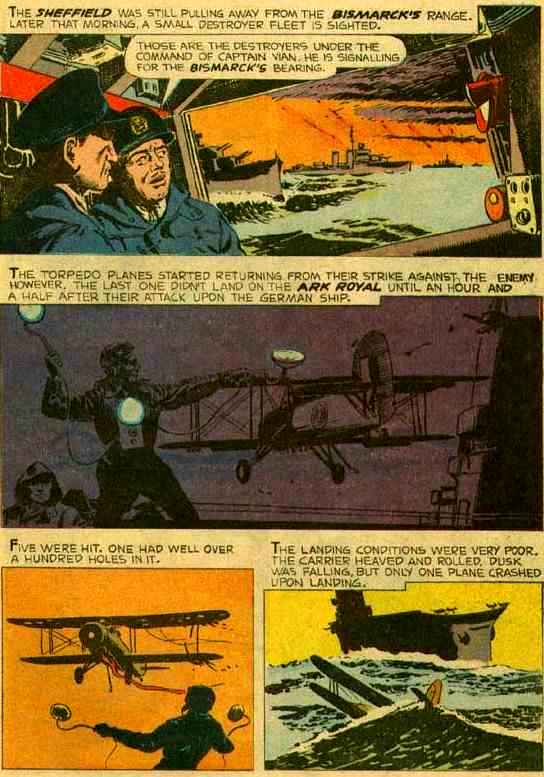
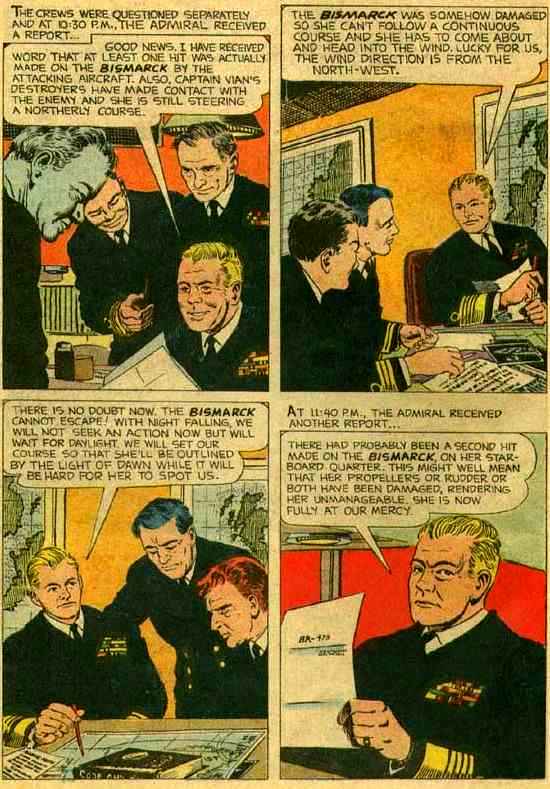
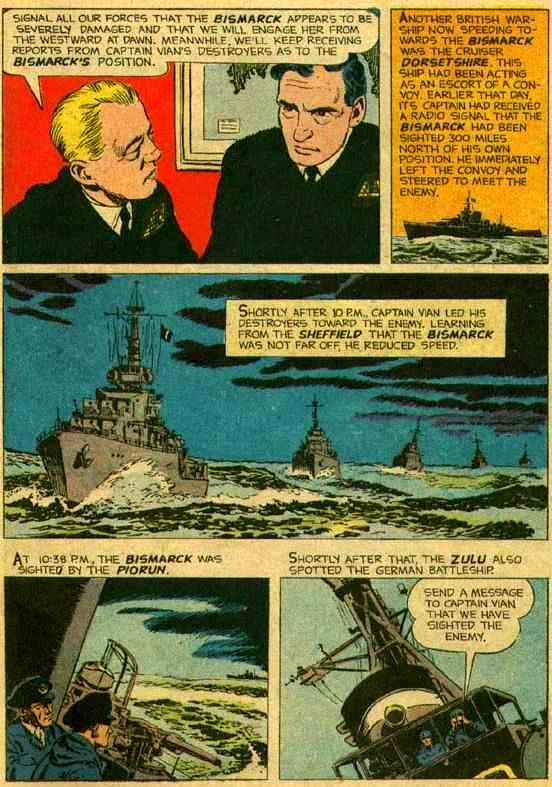
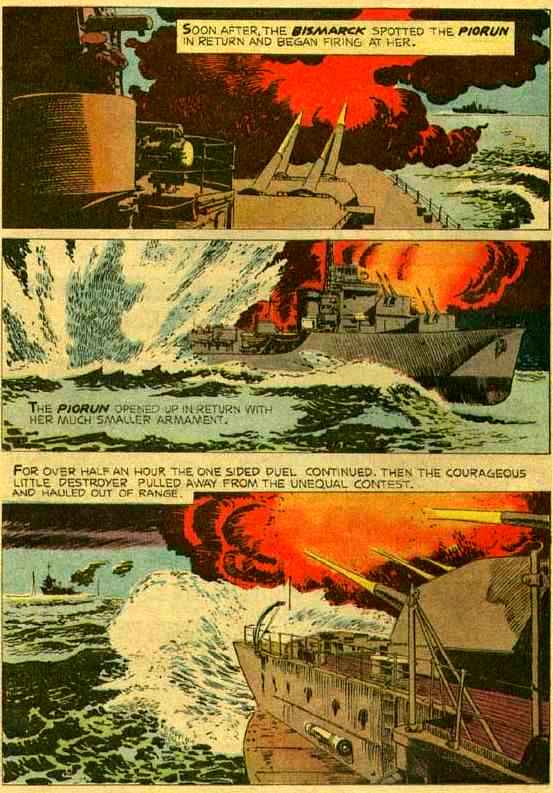
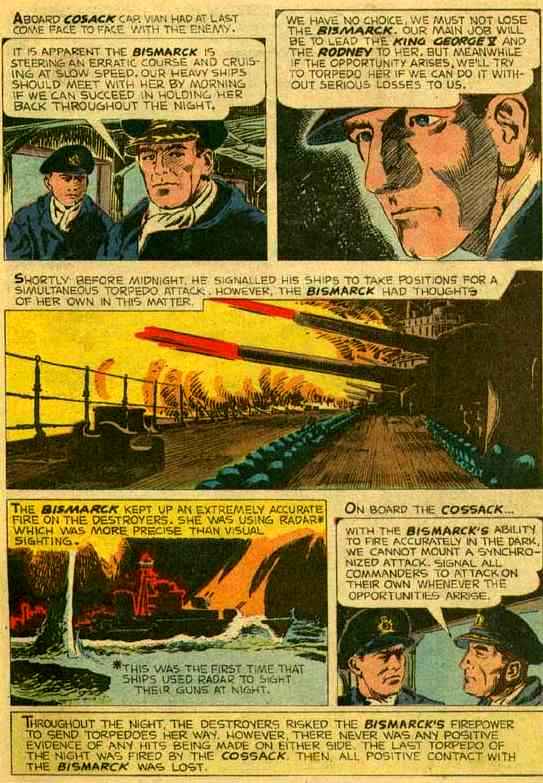
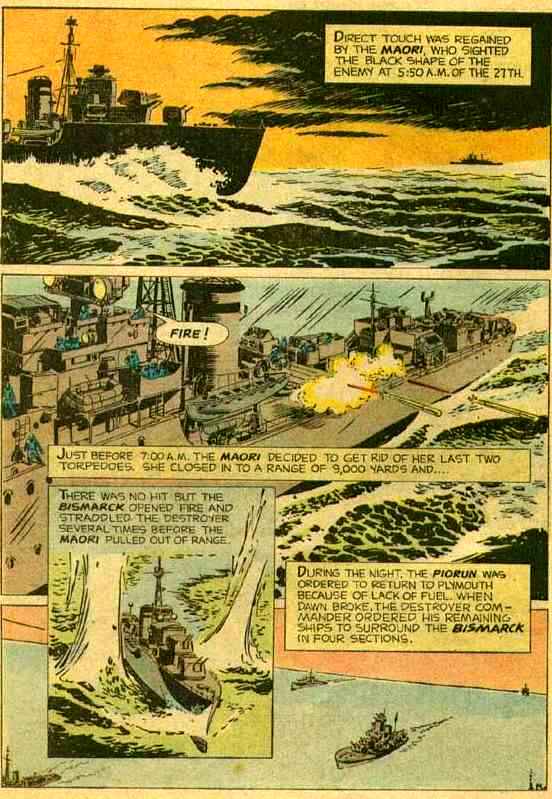
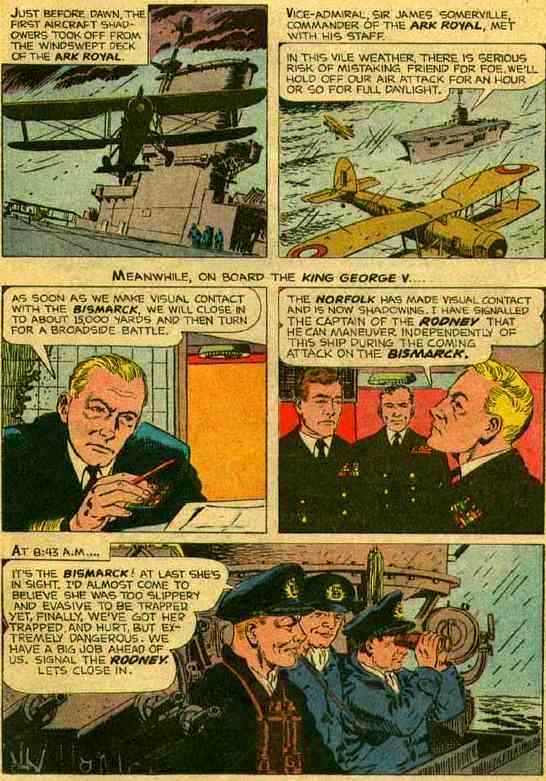
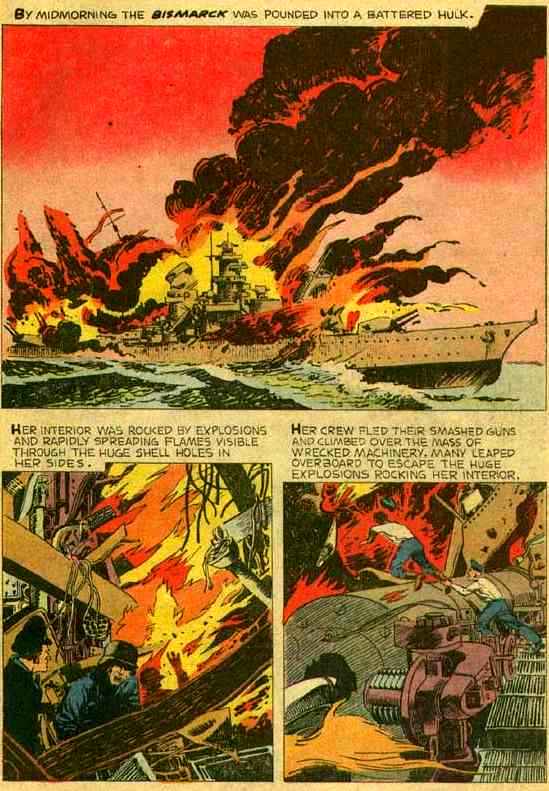
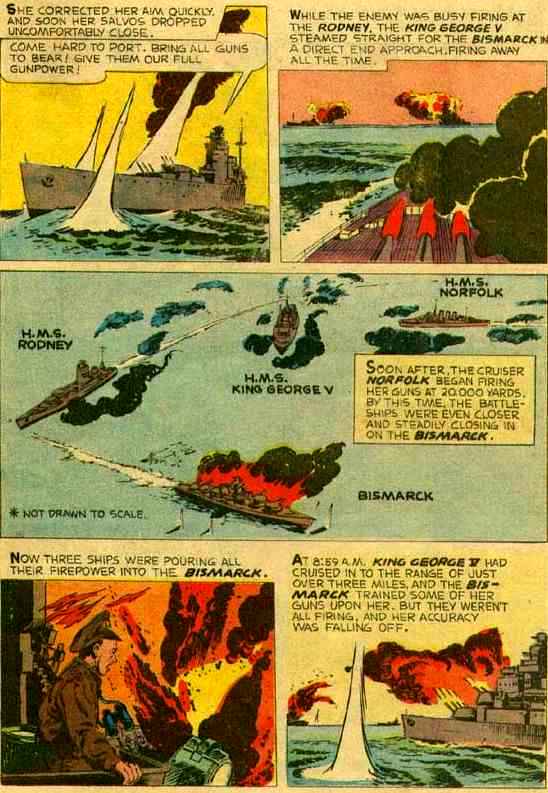
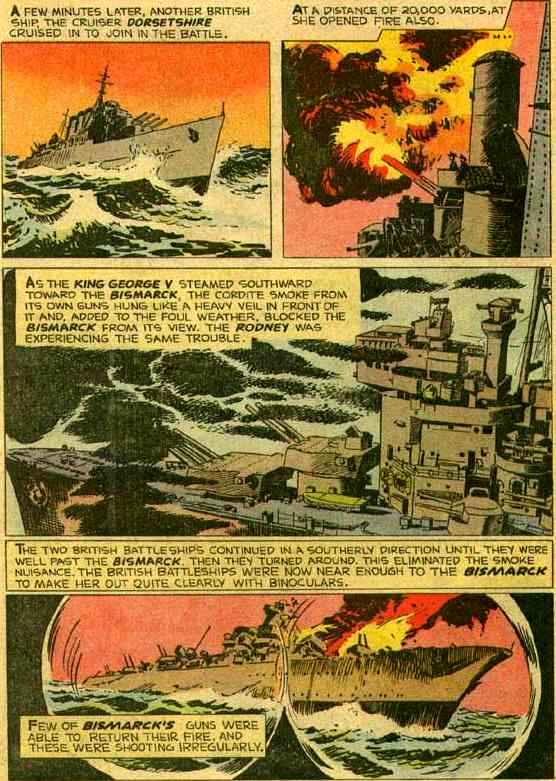
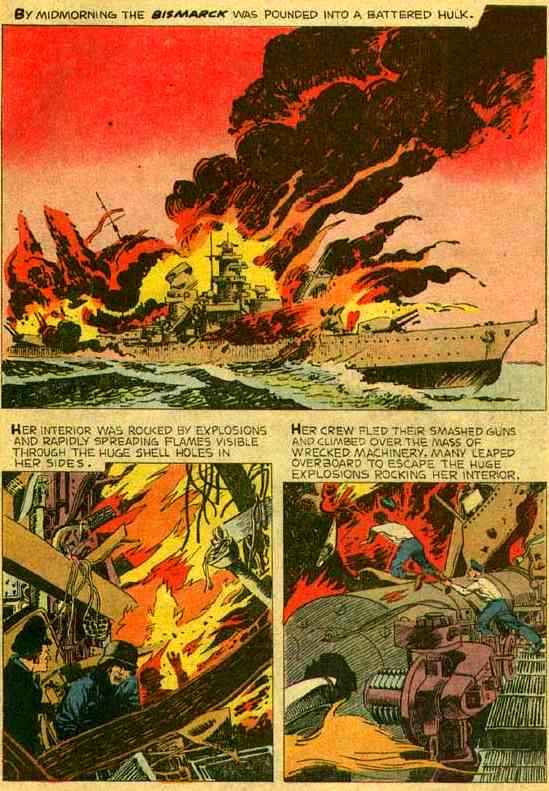

© Copyright Dell Comics (DELL COMICS) All rights reserved. (Presented here for its historical value.)
Twitter: @3rdReichStudies



The Propagander!™

